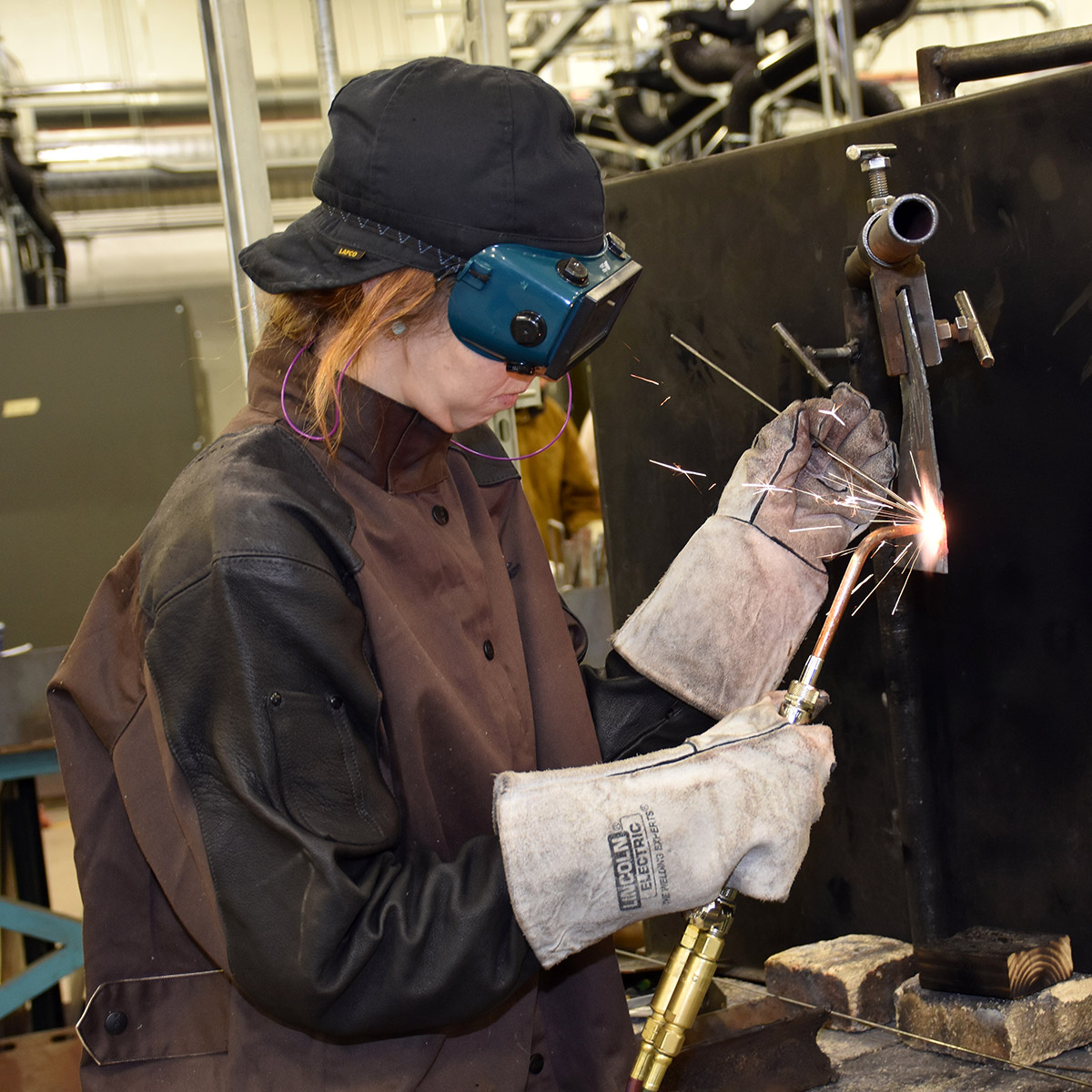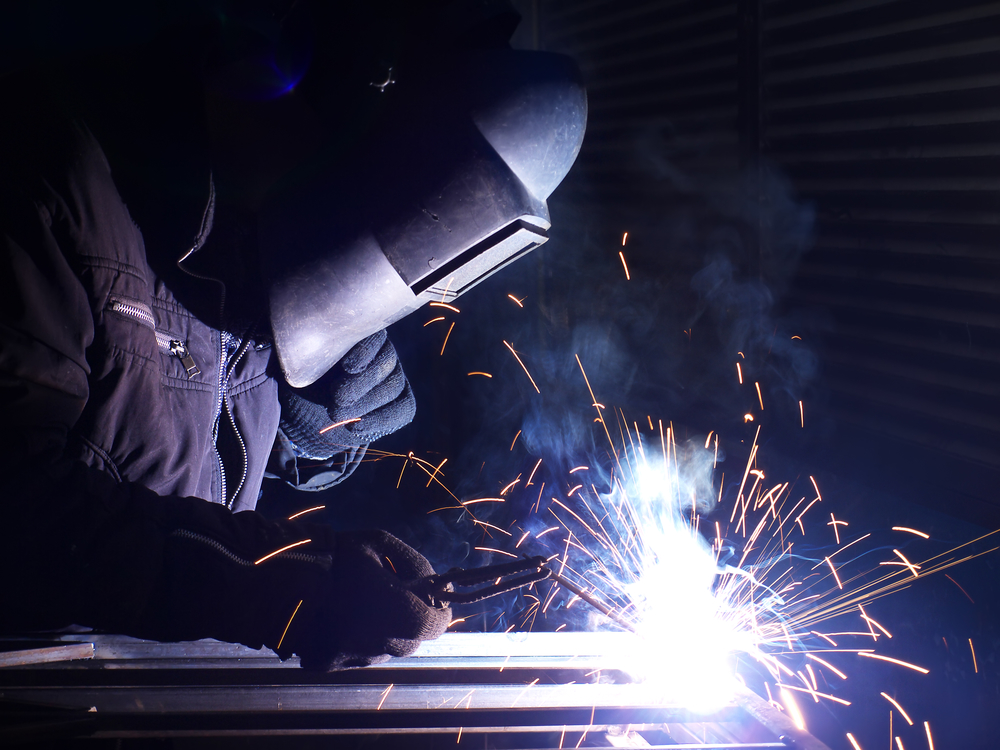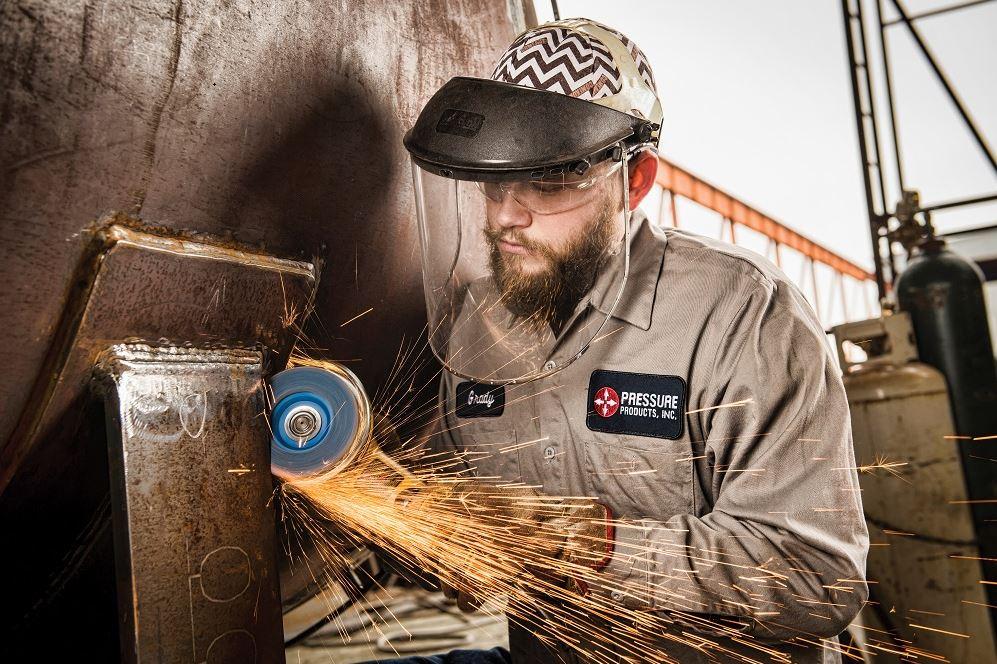Typical Welding Repair Service Issues and How to Address Them Properly
Welding repair services frequently encounter a series of problems that can endanger the stability of the last item. Common issues include poor penetration, porosity, and misalignment, amongst others. Each issue offers special difficulties that call for specific approaches for resolution. Recognizing these problems is essential for welders aiming to improve their end results and skills. This discussion will check out these typical welding repair service concerns and effective techniques to address them.
Insufficient Infiltration
Inadequate infiltration takes place when the weld metal stops working to completely fuse with the base product, causing weak joints and possible architectural failings. This concern typically comes from inadequate heat input, incorrect electrode angle, or inappropriate welding rate. Welders may encounter insufficient infiltration due to a miscalculation of the essential parameters for a specific material density or type. Furthermore, contamination on the base product's surface can impede reliable bonding, aggravating the problem. To address poor infiltration, welders need to guarantee ideal setups on their devices and maintain a tidy job surface. Regular assessment of welds is recommended to determine any type of shortages early, permitting prompt corrections and the prevention of jeopardized structural stability in bonded settings up.
Porosity
Porosity is a common problem in bonded joints that materializes as small gas bubbles caught within the weld steel. This flaw can endanger the integrity of the weld, bring about decreased stamina and possible failure under tension. Fabrication. Porosity normally occurs from contamination, dampness, or inappropriate welding methods, which allow gases to run away into the liquified weld swimming pool. To attend to porosity, welders should guarantee appropriate surface area prep work, keep a tidy workplace, and make use of suitable welding criteria. Furthermore, choosing the ideal filler material and protecting gas can mitigate gas entrapment. Regular examination and screening of welds can aid recognize porosity early, assuring timely restorative activities are taken, thereby protecting the top quality and dependability of the welded structure
Imbalance
Misalignment in welding can emerge from different variables, including improper configuration and thermal growth. Recognizing the origin is essential for effective resolution. Several improvement strategies are readily available to straighten parts and ensure structural honesty.
Reasons for Misalignment
Welding misalignment often comes from a range of underlying issues that can jeopardize structural honesty. One key cause is improper fit-up of components prior to welding, which can cause spaces and uneven surface areas. Variants in thermal expansion throughout the welding process can additionally result in distortion, specifically if the products being signed up with have different coefficients of growth. Additionally, inadequate clamping and fixturing might fall short to hold elements securely in position, bring about movement during welding. Poorly maintained tools, including welding devices and devices, might present inconsistencies in the weld grain, additional adding to misalignment. Driver error, stemming from insufficient training or experience, can also play a substantial duty in producing misaligned welds.

Modification Strategies Readily Available
Addressing imbalance effectively calls for a combination of rehabilitative strategies customized to the certain concerns available. One common approach is using jigs or components to hold components in the proper placement throughout welding, ensuring regular placement. In addition, pre-heating the materials can help minimize distortion and boost fit-up. For significant misalignment, mechanical realignment strategies, such as making use of hydraulic jacks or clamps, can be utilized to deal with the setting before welding. Post-weld heat treatment may additionally be necessary to ease stresses triggered by misalignment. Careful assessment and adjustment during the setup phase can stop imbalance problems from ending up being considerable issues, advertising a smoother welding process and improving general structural honesty.
Distortion
Distortion is an usual challenge in welding that can develop from various factors, consisting of uneven heating and air conditioning. Recognizing the causes of distortion is necessary for executing efficient prevention techniques. Resolving this concern not just boosts structural integrity yet also enhances the overall top quality of the weld.
Causes of Distortion
When based on the extreme heat of welding, products commonly undertake adjustments that can bring about distortion. This phenomenon mostly occurs from thermal development and tightening during the welding procedure. As the weld location warms up, the product expands; upon air conditioning, it gets, which can create inner stress and anxieties. On top of that, uneven home heating throughout a work surface can worsen these tensions, leading to bending or flexing. The sort of product additionally plays a considerable role; metals with varying thermal conductivity and coefficients of expansion may react in different ways, bring about uncertain distortions. Bad joint design and poor fixturing can contribute to imbalance during welding, boosting the likelihood of distortion. Comprehending these reasons is essential for reliable welding repair work and prevention approaches.
Prevention Techniques
Effective prevention methods for distortion during welding emphasis on managing heat input and making certain proper joint layout. Keeping a constant warmth input assists to reduce thermal development and contraction, which can cause distortion. Utilizing strategies such as preheating the work surface can likewise lower the temperature level gradient, promoting consistent home heating. Additionally, selecting suitable joint styles, such as T-joints or lap joints, can improve security and decrease anxiety concentrations. Carrying out proper fixturing to secure the workpieces in position better aids in preserving alignment throughout the welding procedure. Staggered welding sequences can distribute warm extra evenly, protecting against local distortion. By applying these methods, welders can significantly decrease the possibility of distortion and improve the overall quality of their welds.
Cracking
Breaking is an usual problem experienced in welding repairs, often resulting from various elements such as incorrect cooling prices, material option, or inadequate joint prep work. The incident of fractures can significantly jeopardize more tips here the stability of the weld, causing potential failings during procedure. To resolve this problem, welders need to first examine the origin, making certain that materials are suitable and properly picked for the particular application. In addition, managing the air conditioning rate during the welding procedure is important; fast cooling can generate tension and bring about splitting. Appropriate joint layout and prep work also contribute to minimizing the risk. Applying these strategies can enhance weld top quality and resilience, inevitably decreasing the probability of fracturing in finished weldments.

Incomplete Fusion
A significant problem in welding repair work is insufficient fusion, which takes place when the weld metal does not effectively bond with the base product or previous weld passes - Montana Mobile Welding and Repair Belgrade Welding. This flaw can result in Learn More Here weak points in the joint, possibly endangering the integrity of the bonded structure. Factors adding to incomplete blend include insufficient warmth input, improper welding method, and contamination of the surfaces being joined. To address this concern efficiently, welders need to assure correct pre-weld cleaning and surface preparation, along with change their welding parameters to accomplish adequate infiltration and fusion. Normal inspection throughout the welding process can likewise help identify insufficient blend early, permitting for prompt corrective actions to improve the total quality of the weld
Overheating
While welding repairs can improve architectural integrity, overheating presents a substantial difficulty that can bring about product destruction. Extreme warm during welding can alter the mechanical residential properties of steels, leading to reduced stamina, increased brittleness, and warping. This phenomenon is especially crucial in high-stress applications where architectural reliability is vital. Recognizing overheating can entail visual evaluations for staining or distortion, as well as checking temperature throughout the welding process. To mitigate the threats connected with getting too hot, welders need to employ appropriate methods, such as controlling heat input, adjusting travel speed, and making use of suitable filler materials. Furthermore, implementing pre- and post-weld heat therapies can aid recover product residential or commercial properties and enhance the overall high quality of the repair, making sure lasting performance and security.
Regularly Asked Inquiries
What Are the Typical Signs of a Welding Issue?

Exactly How Can I Test My Welds for Quality?
To check welds for high quality, one can make use of aesthetic inspections, ultrasonic screening, and radiographic methods. Each technique ensures structural honesty, identifies defects, and validates adherence to specified standards, ultimately boosting the dependability of the welded joints.
What Safety and security Safety Measures Should I Take While Welding?
When welding, one need to prioritize safety and security by using suitable personal safety equipment, ensuring proper ventilation, safeguarding combustible products away, keeping a tidy workspace, and knowing surroundings to avoid accidents and injuries.
Can I Repair a Weld Without Redoing the Entire Joint?
Repairing a weld without remodeling the whole joint is feasible, depending upon the damages (Montana Mobile Welding and Repair Belgrade Welding). Methods such as grinding, including filler material, or making use of a welding procedure can successfully deal with certain problems while preserving the bordering framework
What Equipment Are Vital for Effective Welding Repairs?
Vital devices for effective welding repair work include a welding equipment, cable brush, mill, protective gear, clamps, and filler materials. Each tool plays an important duty in guaranteeing top quality and safety during the fixing procedure. Porosity commonly develops from contamination, wetness, or inappropriate welding strategies, which enable gases to escape right into the molten weld swimming pool. Inadequately kept tools, consisting of welding devices and devices, may introduce variances in the weld grain, more adding to misalignment. When subjected to the klutch welding table intense warm of welding, products typically undertake changes that can lead to distortion. Splitting is an usual concern encountered in welding repair work, commonly resulting from numerous variables such as improper cooling rates, material selection, or poor joint preparation. A significant problem in welding repair services is insufficient fusion, which happens when the weld metal does not sufficiently bond with the base product or previous weld passes.